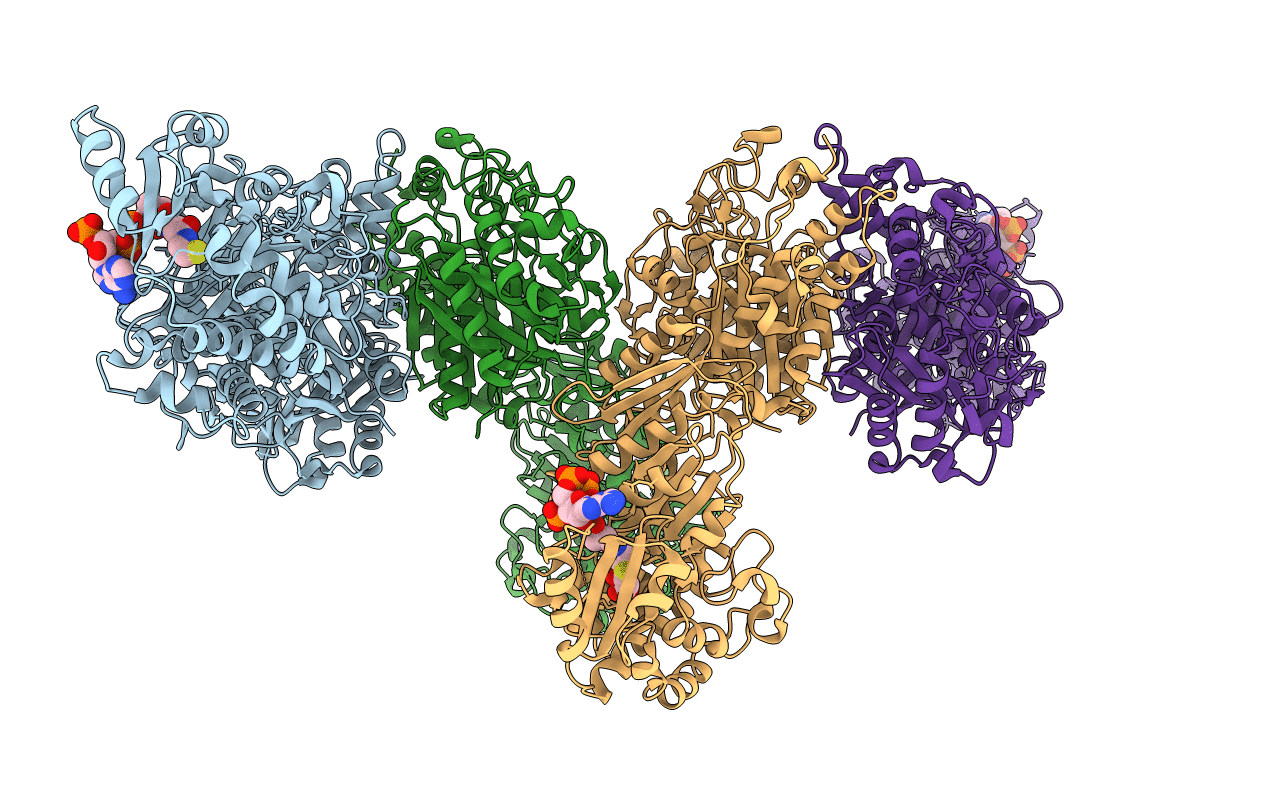
Deposition Date
2017-01-25
Release Date
2018-01-24
Last Version Date
2024-01-17
Method Details:
Experimental Method:
Resolution:
2.94 Å
R-Value Free:
0.22
R-Value Work:
0.18
R-Value Observed:
0.18
Space Group:
C 2 2 21


